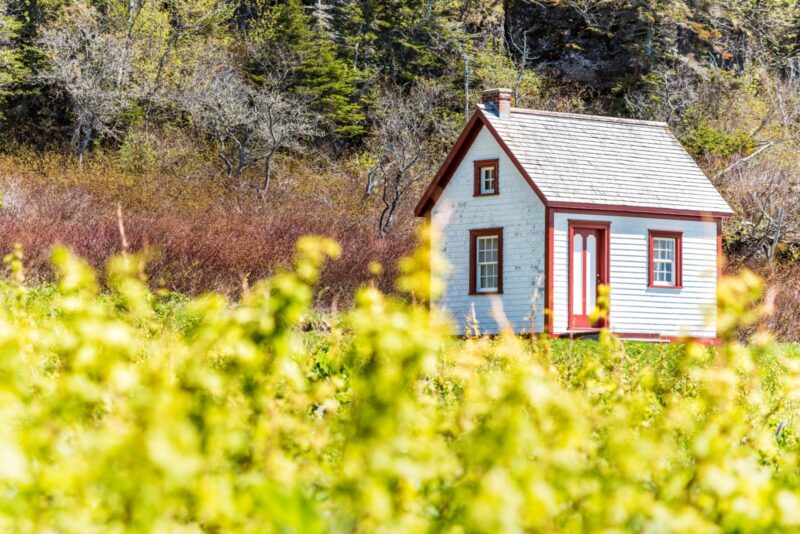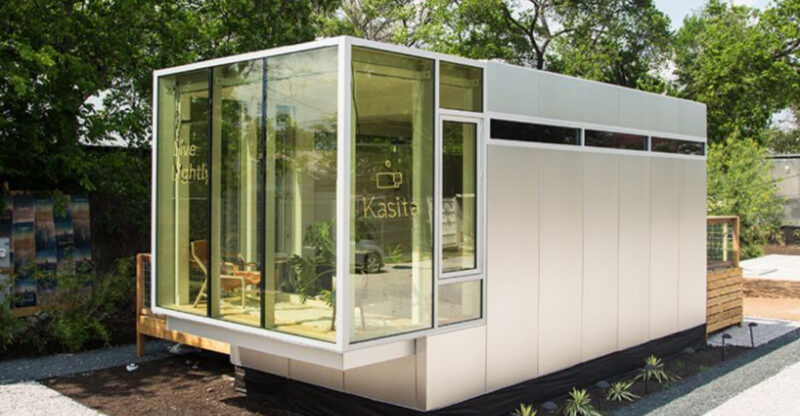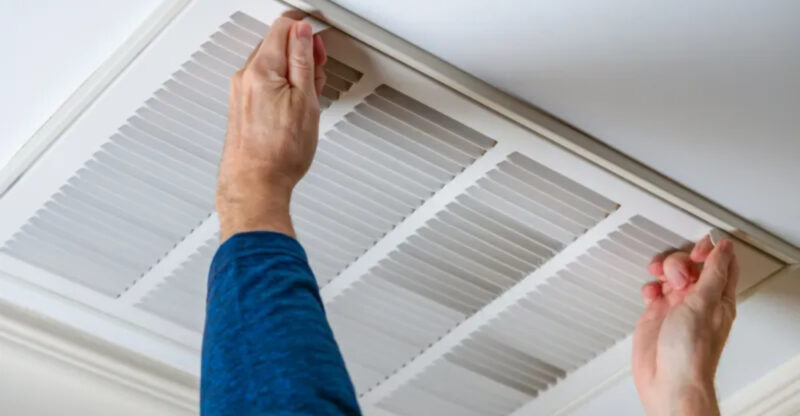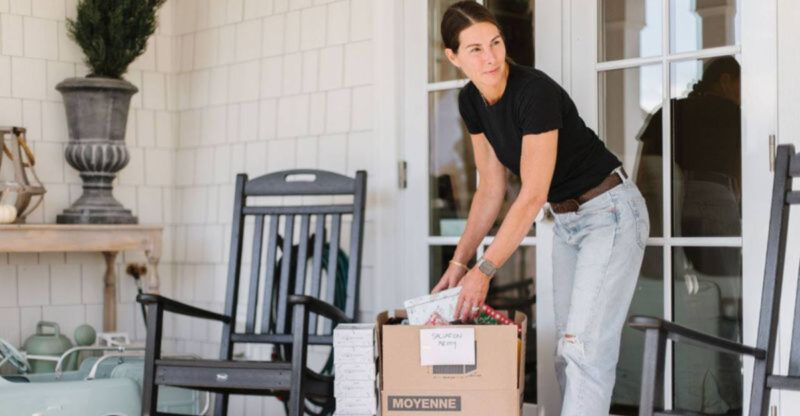New Jersey Real Estate Alert: 12 Home Types Experts Say Could Crash In Value By 2025
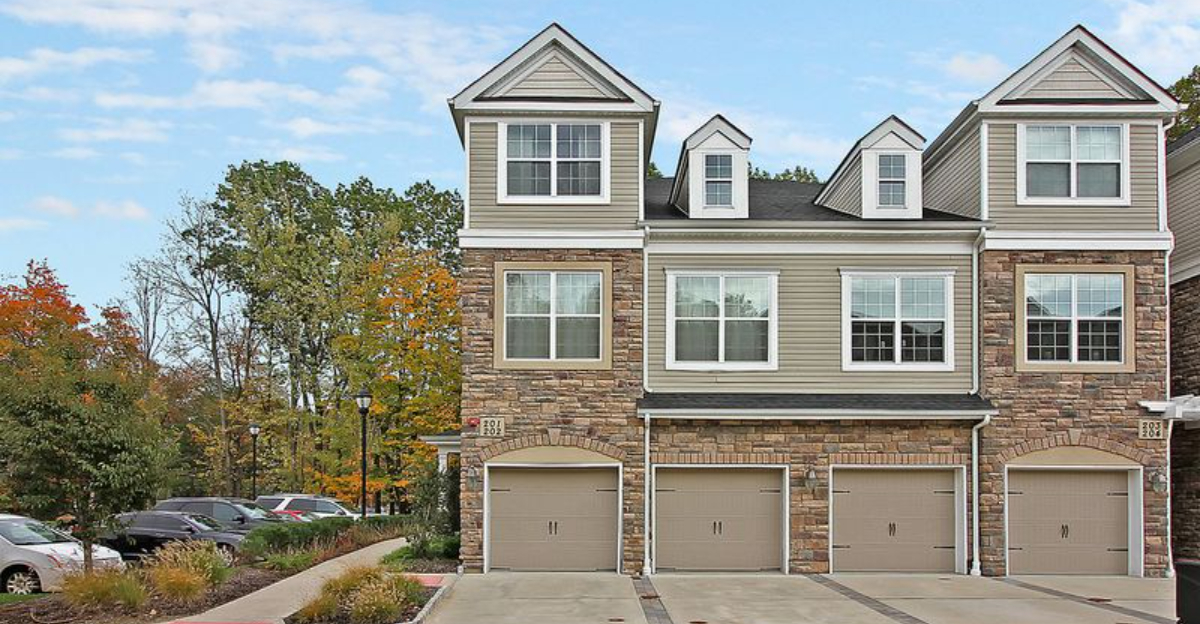
The Garden State’s real estate market faces stormy weather ahead. Property experts are waving red flags about specific home types that might lose significant value within the next few years.
And let’s be honest, if your house can’t handle rising taxes and a Nor’easter, it might be time to worry.
Whether you’re buying, selling, or holding onto your New Jersey property, knowing which homes face the biggest risks could save you from a financial nightmare.
1. Flood-Zone Properties
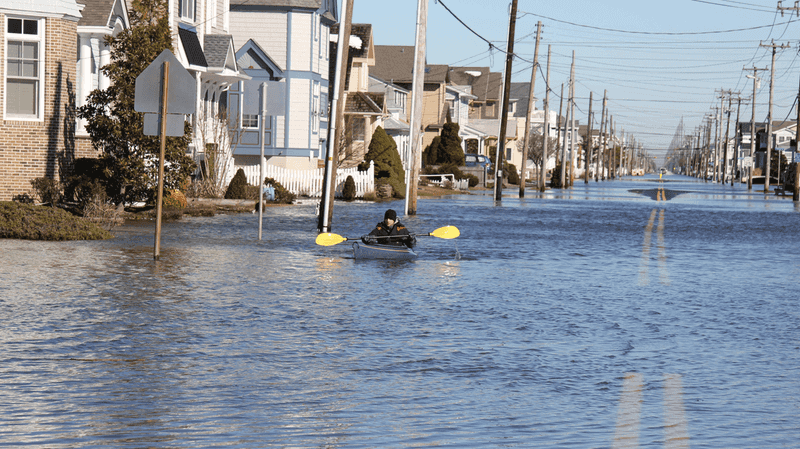
Waterfront living comes with a steep price tag beyond the mortgage. Climate change has cranked up flooding risks across New Jersey, turning dream homes into insurance nightmares.
Buyers now scrutinize flood maps like never before. Properties in places like Hoboken and Jersey Shore communities face skyrocketing insurance costs that slash their appeal.
Smart money is moving uphill. Even beautiful riverfront homes in Lambertville and along the Raritan could see values plummet as buyers calculate the true cost of living with wet feet.
2. Outdated Split-Level Homes
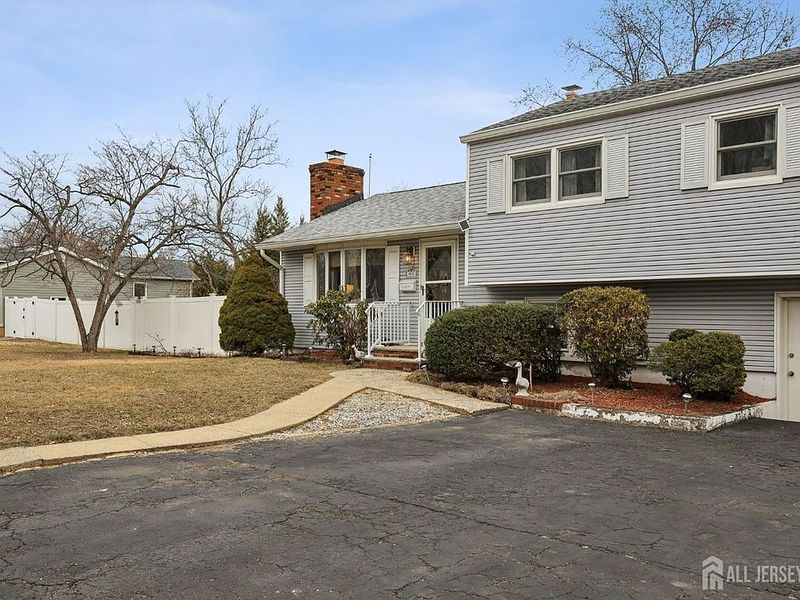
Remember those awkward split-levels dominating 1970s Bergen County? Their funky floor plans now feel like architectural dinosaurs. Modern buyers crave open concepts, not compartmentalized rooms connected by half-flights of stairs.
Renovation costs often exceed what owners can recoup. The typical split-level requires significant structural changes to match contemporary preferences, turning them into money pits.
Young families particularly avoid these homes. With their narrow staircases, multiple level changes, and choppy layouts, these once-popular designs now languish on the market.
3. Oversized Suburban McMansions
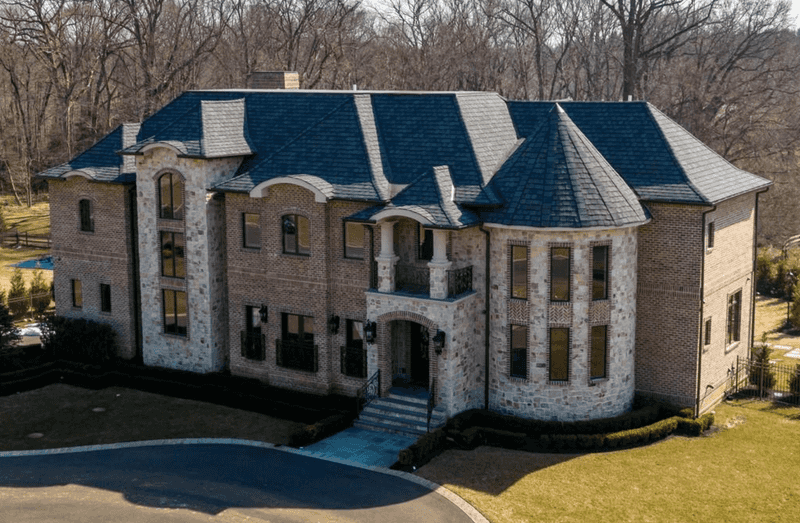
Those massive cookie-cutter mansions crowding Morris and Somerset counties face a serious buyer drought. Younger generations simply don’t want 5,000+ square feet of excessive space and astronomical utility bills.
Maintenance costs alone make these behemoths increasingly unattractive. Who wants to heat and cool rooms nobody uses or replace massive roofs that cost more than a college semester?
Sustainable living trumps square footage nowadays. Properties in developments like those in Bridgewater or Warren Township with six bedrooms but tiny lots might soon sell for fractions of their building costs.
Buyer preferences are continuing to shift toward efficiency, making oversized homes on undersized lots less appealing.
4. Homes Near Congested Highways
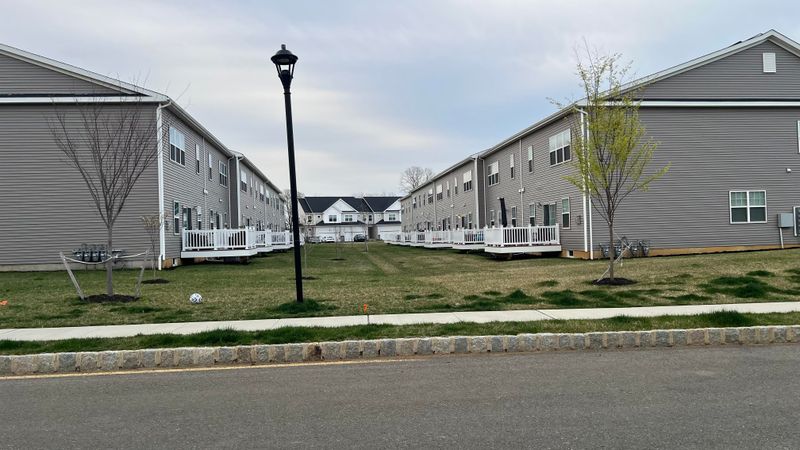
Highway-adjacent properties throughout New Jersey face a noisy reckoning. Houses near the Turnpike, Garden State Parkway, and Routes 1, 9, and 80 increasingly get the cold shoulder from buyers concerned about air quality and constant noise.
Work-from-home trends amplified these concerns dramatically. Zoom calls with background traffic roar have highlighted problems that commuters previously ignored when they only spent evenings and weekends at home.
Health consciousness plays a major role too. Studies linking highway proximity to respiratory issues and developmental problems have scared off young families.
As a result, property values are nosediving in locations that were once considered perfectly acceptable near major thoroughfares.
5. Old Industrial Loft Conversions
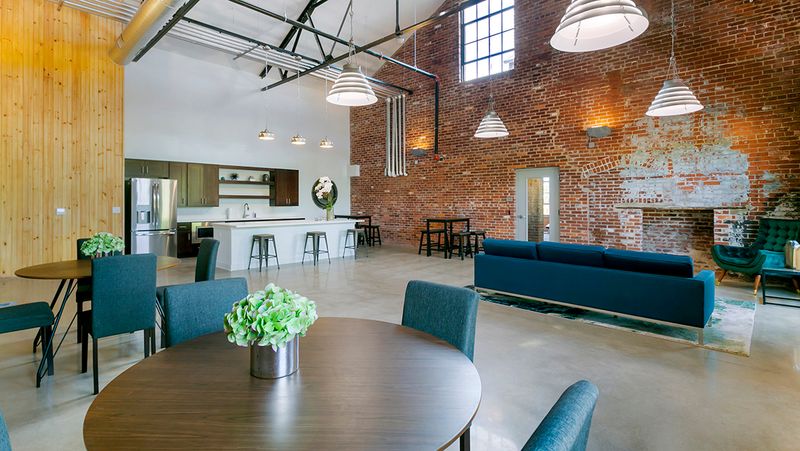
Those trendy converted factories in Jersey City and Newark? Their cool factor is wearing thin. Many first-generation industrial conversions now show their age with outdated systems, poor insulation, and maintenance headaches.
Newer luxury buildings with modern amenities have stolen their thunder. Why deal with unreliable freight elevators and inconsistent heating when brand-new construction offers better layouts and energy efficiency?
Construction quality varies wildly between developments. Early conversions often favored looks over function, leading to costly fixes like poor soundproofing and outdated electrical systems.
6. Properties With Oil Or Septic Systems
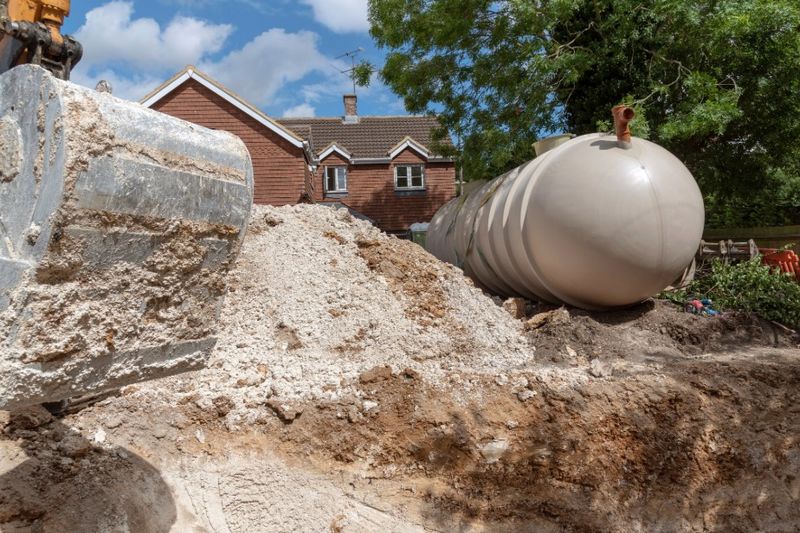
Buried in many New Jersey yards are ticking financial disasters. Homes with aging oil tanks or outdated septic systems face brutal market penalties as buyers calculate replacement costs.
Environmental concerns amplify the problem. Underground oil tanks pose serious contamination risks, with cleanup costs potentially hitting six figures if leakage occurs.
Mortgage lenders increasingly require remediation before approval. Properties in rural Sussex County or parts of Hunterdon with these outdated systems often sit on the market for months.
Meanwhile, comparable homes with modern utilities sell quickly, creating a widening value gap that experts expect will only grow.
7. Aging Townhomes In Overbuilt Communities
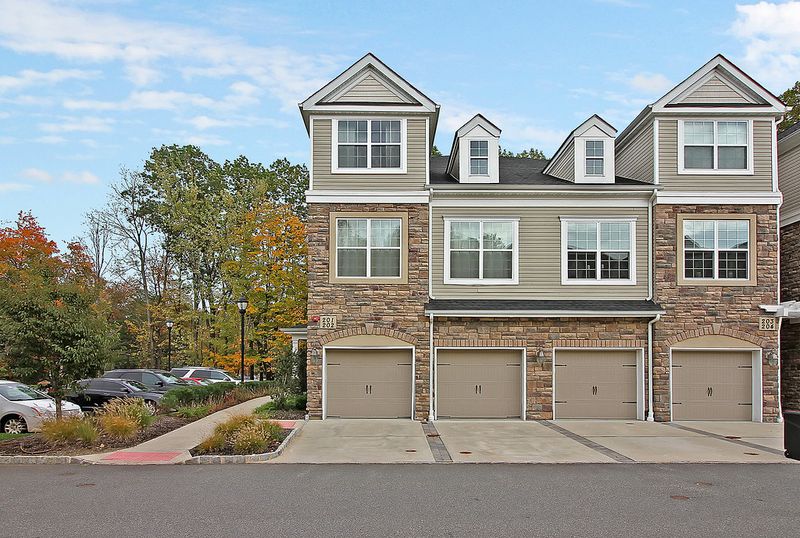
Cookie-cutter townhome developments sprouted across Middlesex and Union counties during building booms. Now these aging units face fierce competition from both newer townhomes and each other.
Rising HOA fees crush resale values. As these communities age, maintenance costs climb dramatically, forcing associations to hike monthly fees that directly impact what buyers will pay.
Supply vastly exceeds demand in certain areas. Communities in places like Edison, Woodbridge, and parts of Mercer County face particular challenges when too many similar units hit the market simultaneously. It creates a race to the bottom on pricing that threatens long-term values.
8. Homes In Declining School Districts
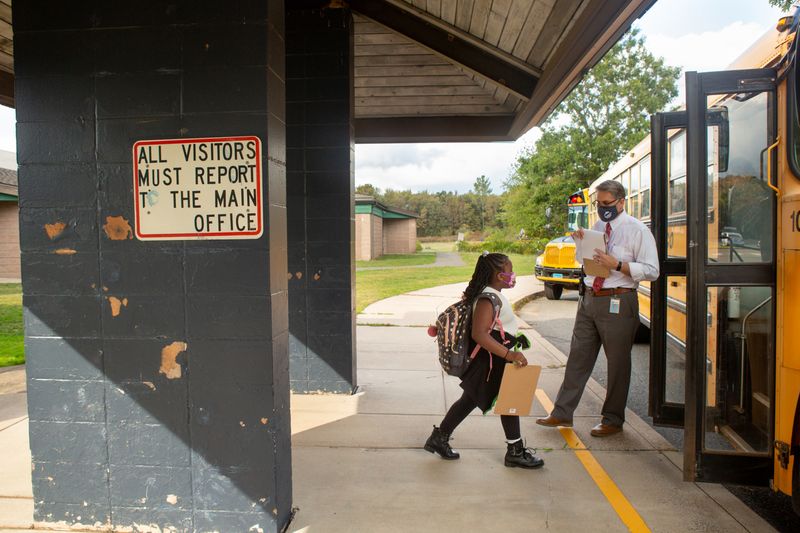
School quality drives real estate values more than almost any other factor in New Jersey. Districts facing funding cuts, declining test scores, or negative publicity see immediate housing market impacts.
Family buyers investigate school ratings obsessively. Properties in once-desirable districts that have slipped in rankings, like some in Camden County or parts of Ocean County, face brutal market penalties.
The gap between top and struggling districts widens yearly. Homes in top-rated districts like Princeton and Millburn command premium prices.
On the other hand, properties in neighboring areas with lower-ranked schools increasingly struggle to maintain value, creating economic segregation that accelerates the decline.
9. Neglected Victorian Homes
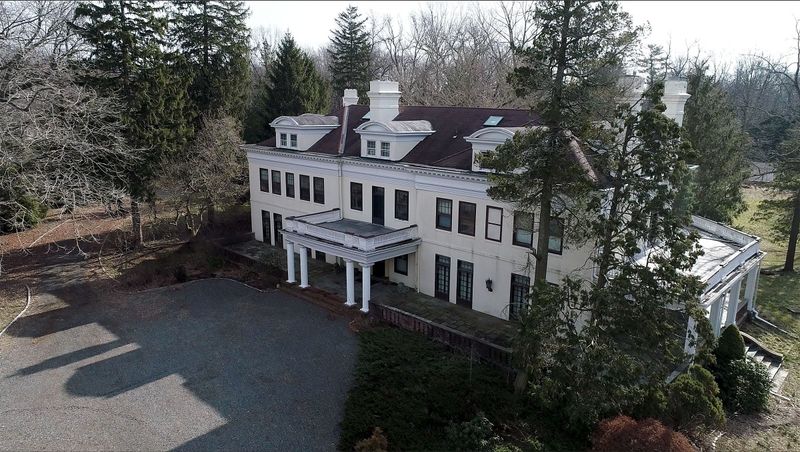
Thinking about owning a grand Victorian lady in Cape May or Plainfield? Be prepared, these architectural divas demand deep pockets and endless patience!
Buyers are flinching at the hefty maintenance bills these beauties rack up. Historic designation rules tie your hands tighter than a corset, limiting renovations while insisting on pricey authentic details.
And with soaring ceilings and drafty original windows, these charmers gobble up heating costs like there’s no tomorrow. In a world chasing energy savings, even Victorian glamour can feel a bit… exhausting!
10. Properties Far From Transit Hubs
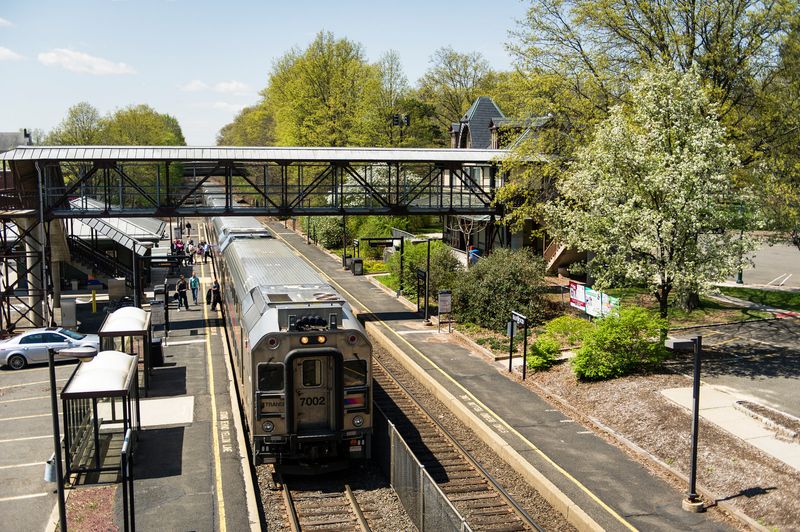
Location near transit once seemed optional in car-dependent New Jersey. Now properties without easy access to trains or major bus lines face serious market headwinds.
Commuting preferences have fundamentally shifted. Younger folks particularly prioritize transit access, with many refusing to consider properties requiring long drives to reach NJ Transit or PATH stations.
Gas prices and environmental concerns drive this trend. Homes in beautiful but isolated areas of Sussex, Warren, and western Monmouth counties increasingly struggle against comparable properties near train lines.
11. Single-Family Homes Without Home Office Space
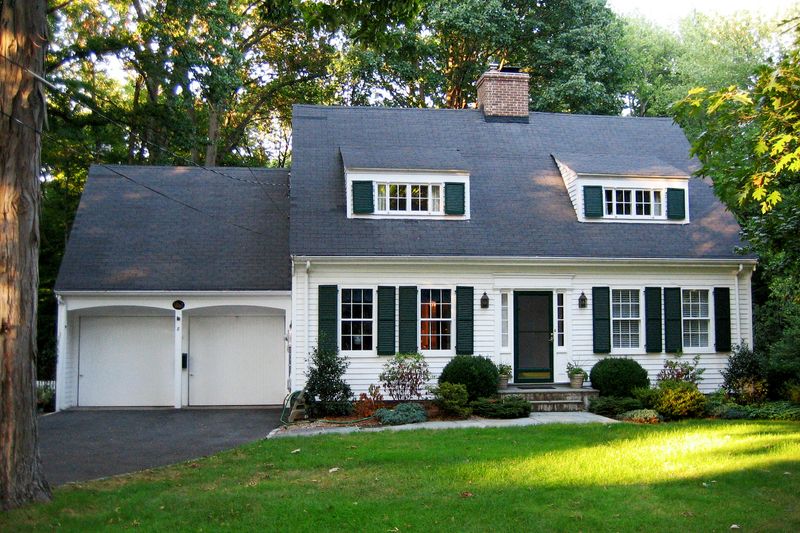
Work-from-home revolution permanently changed buyer checklists. Properties lacking dedicated office space or flexible rooms that can serve as workspaces face serious market disadvantages.
Even partial remote work remains standard for many professionals. Buyers now routinely reject otherwise suitable homes that lack appropriate workspace, particularly in commuter counties like Bergen, Essex, and Morris.
Retrofitting often proves challenging. Older center-hall colonials and Cape Cods often have traditional layouts with limited flexibility. Modern buyers increasingly prefer spaces that accommodate today’s work-from-home needs.
12. Coastal Homes With Rising Insurance Premiums
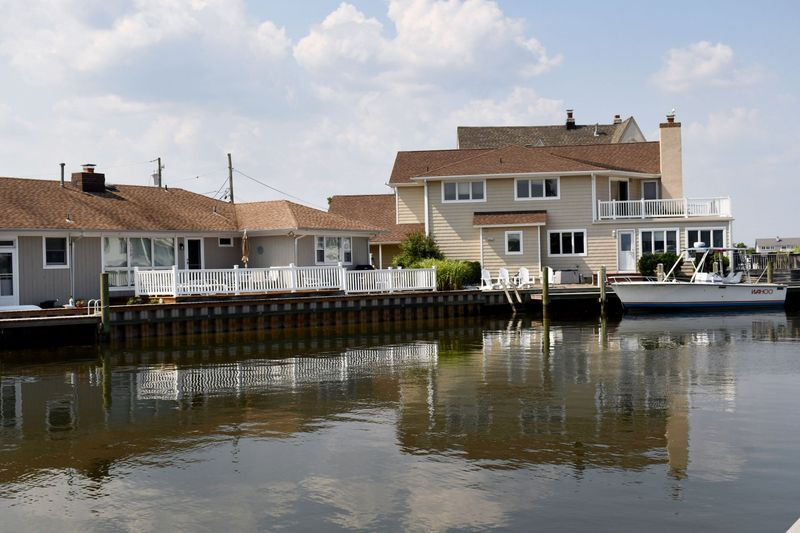
Those dreamy Shore properties face a harsh financial reality. Insurance companies have dramatically reassessed coastal risks, making coverage for homes in Atlantic, Ocean, and Cape May counties increasingly expensive or unavailable.
Some owners now pay more for insurance than property taxes. Annual premiums exceeding $10,000 have become common for vulnerable properties, directly impacting affordability and market value.
The situation worsens yearly as carriers retreat from high-risk zones. Properties in Beach Haven, Seaside Heights, and Long Beach Island face shrinking insurance options, pushing owners into costly state-backed plans that deter buyers.


